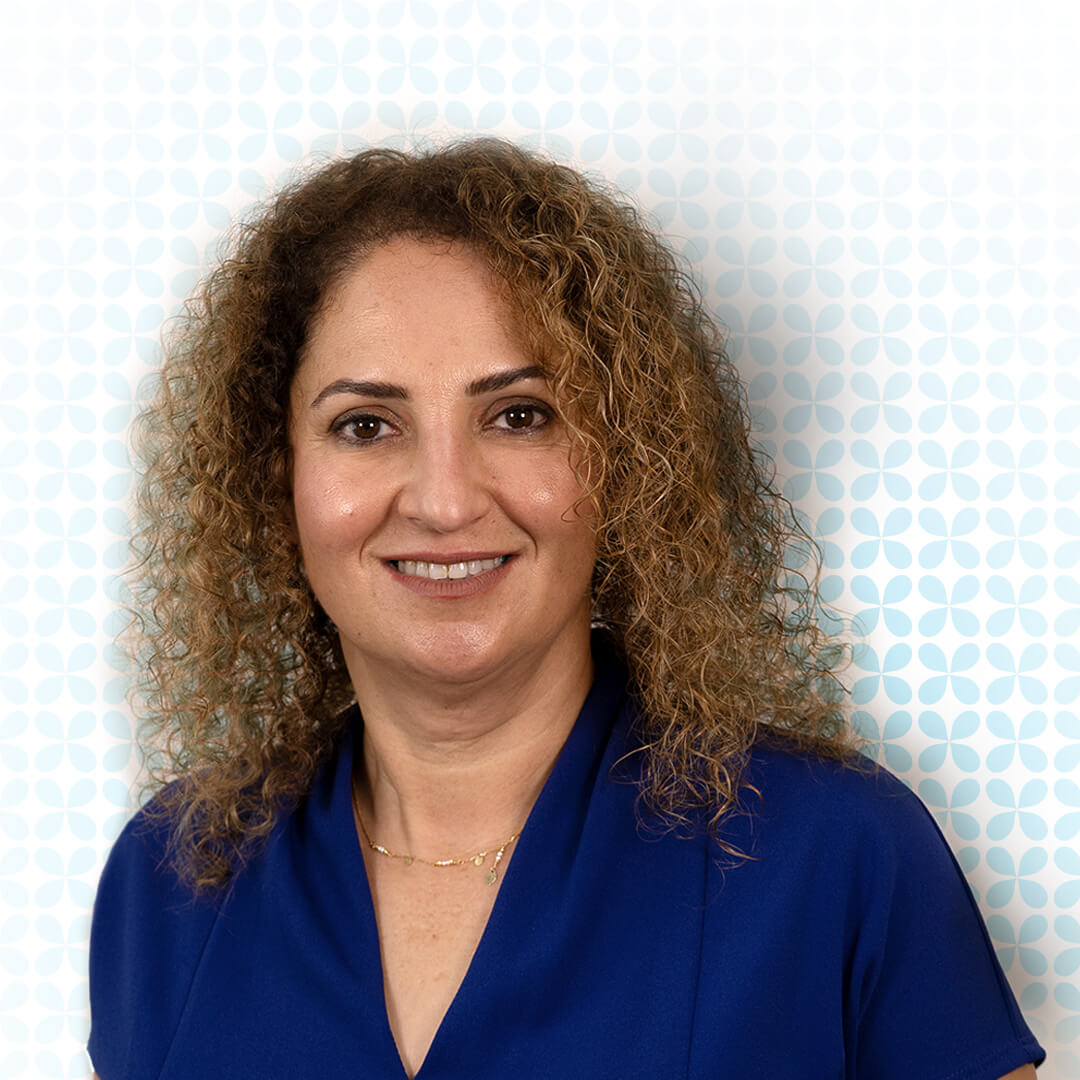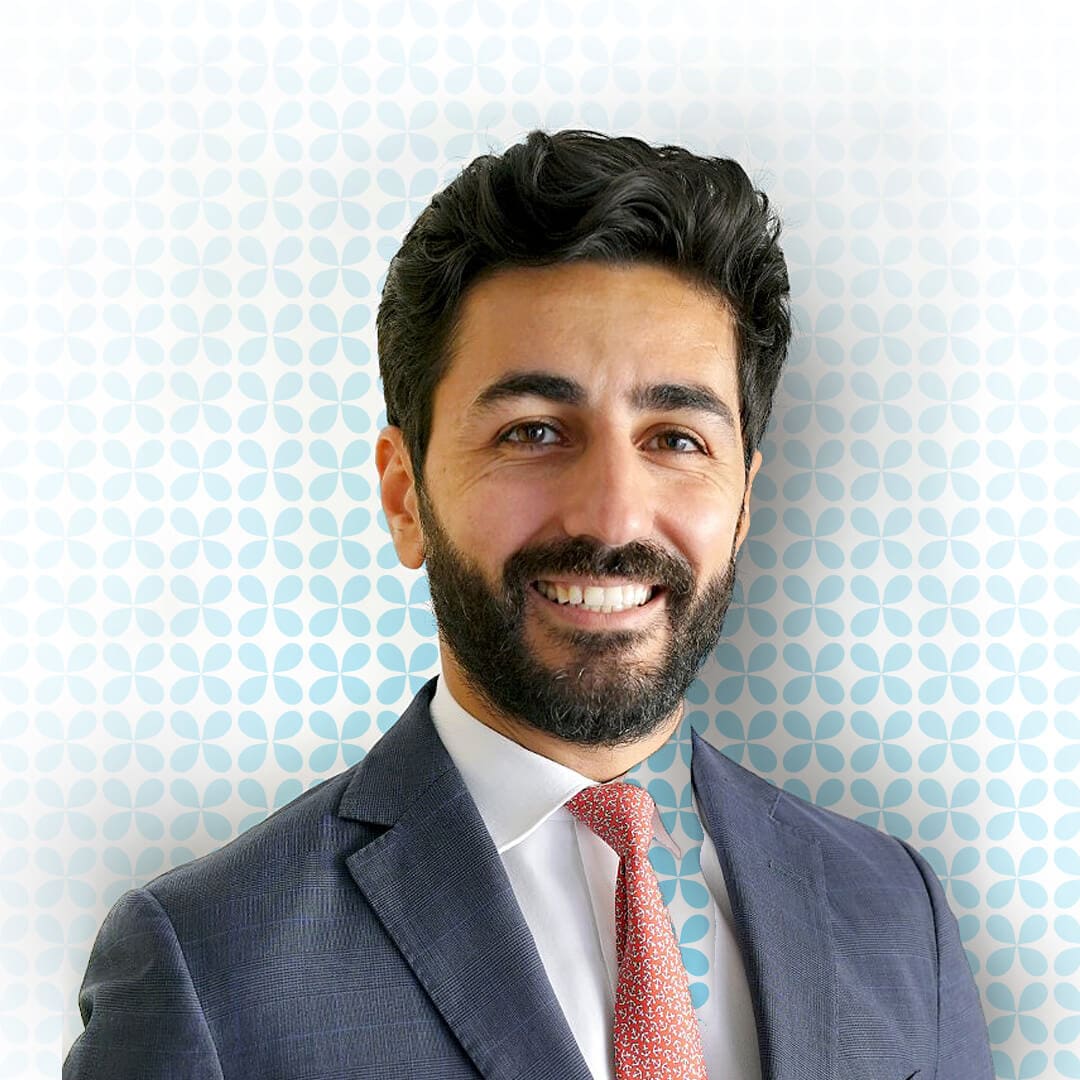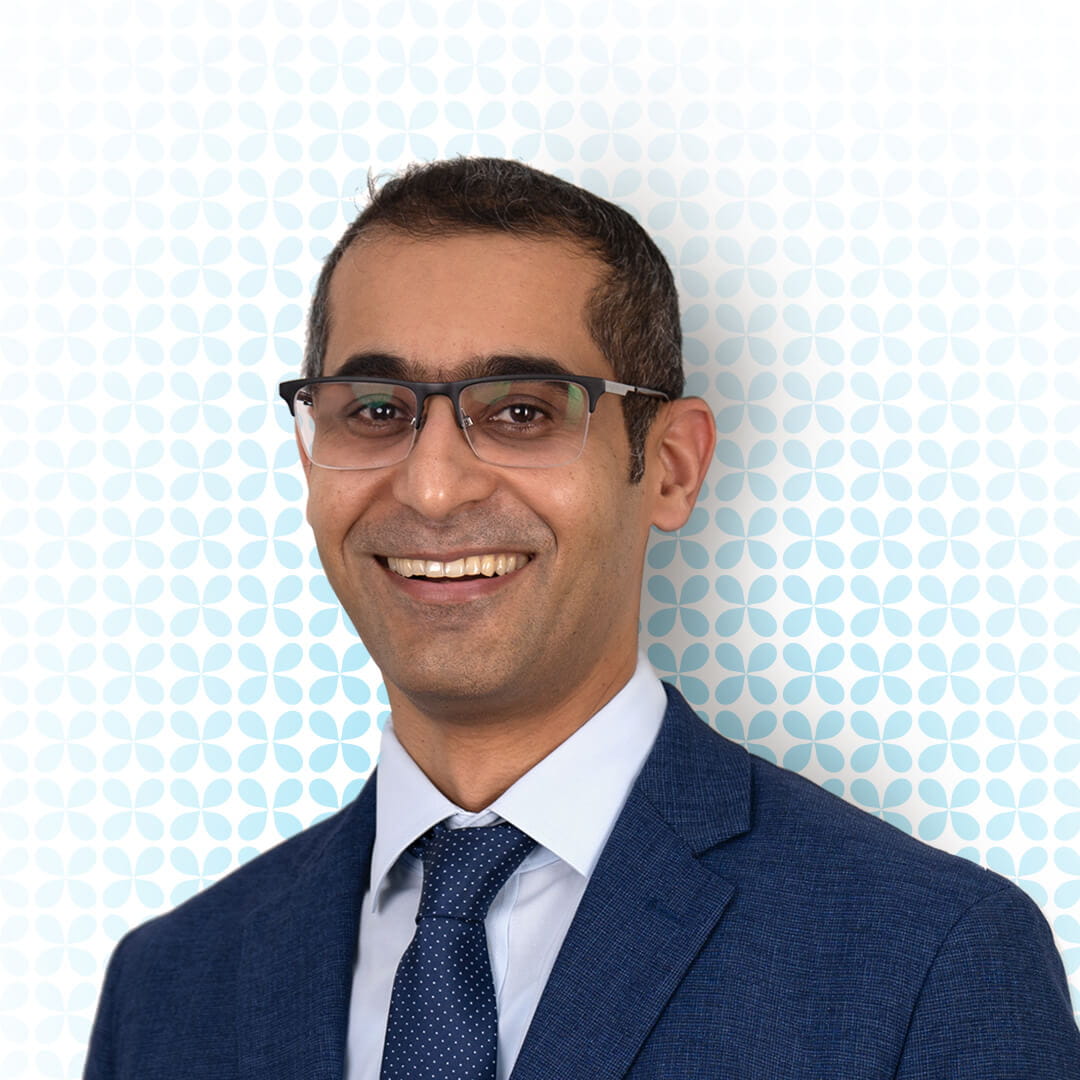حول الموضوع
الزرَق هو مصطلح يُطلق على مجموعة من الحالات العينية التي يرتفع فيها الضغط داخل العين (ضغط العين)، مما يؤدي بدوره إلى حدوث تلف في العصب البصري (العصب الذي يصل بين العين والدماغ)، ويمكن أن يؤدي إذا تُرك دون علاج إلى فقدان دائم في الرؤية لا يمكن تصحيحه.
الزرَق عند الأطفال، والذي يشار إليه أيضاً باسم الزرَق الخلْقي أو الطفلي أو زرَق الرضّع، هو حالة نادرة قد تكون موروثة وتصيب الرضّع والأطفال الصغار. وعادةً ما يتم تشخيصه خلال السنة الأولى من العمر.

الأسباب
تمتلئ العين بسائل يشبه الماء يحافظ على شكل مقلة العين كما يساعد في الحفاظ على صحة العين من الداخل من خلال تزويد العناصر الغذائية وإزالة النفايات. يتم استبدال هذا السائل باستمرار بسائل جديد، بينما يتم التخلص من السائل القديم من العين عبر قنوات التصريف. عند معظم الأطفال المصابين بالزرَق، لا تعمل قنوات التصريف تلك بشكل صحيح، مما يؤدي إلى زيادة السائل بسبب عدم تصريف السائل القديم واستمرار تدفق سائل جديد إلى العين. وهذا يؤدي إلى زيادة الضغط داخل العين. يعود سبب ذلك عند معظم الأطفال إلى أن قنوات التصريف لم تتشكل بشكل صحيح أثناء الطفولة.
الحالات المرتبطة
يمكن أن يحدث الزرَق عند الأطفال كمرض مستقل أو يمكن أن يرتبط مع مشاكل أخرى في العين أو الجسم. للأطفال الذين يعانون من الزرَق، من المهم إجراء فحص شامل للعين والاستفسار عن التاريخ الطبي للطفل والعائلة. ويمكن أن يكون التواصل مع طبيب الأطفال مفيداً في الكشف عن المشاكل الأخرى.
الأعراض
يمكن أن تكون أعراض الزرَق عند الأطفال مختلفة. تكون بعض حالات الأطفال لا عرضية، أي لا تظهر على الأطفال أي أعراض واضحة. وفي معظم الحالات، تظهر مشاكل الزرَق بشكل تدريجي.
من أعراض وعلامات الزرَق عند الأطفال ما يلي:
- ازدياد حجم العين بشكل غير طبيعي
- نزول الدمع بشكل مفرط
- عيون ضبابية
- حساسية خفيفة
التشخيص
يتم تشخيص الزرَق عند الأطفال من خلال إجراء فحص شامل للعيون من قبل طبيب العيون، حيث يقوم الطبيب بفحص ضغط عين الطفل باستخدام أجهزة مختلفة. كما سيقوم أيضاً بفحص صحة وبنية كلتا العينين، وقد يتطلب ذلك استخدام بعض القطرات الموسّعة للعين. وسيتم كذلك تقييم رؤية الطفل من قِبل أخصائي تقويم البصر. في كثير من الأحيان، وخاصة عند الأطفال الصغار جداً، يلزم إجراء فحوصات تحت التخدير لتوفير معلومات إضافية.
العلاج
يشمل العلاج الخيارات الدوائية أو الجراحية أو كلاهما معاً.
العلاج الدوائي
تتضمن العلاجات الدوائية استخدام الأدوية. يمكن أن تأتي الأدوية على شكل قطرات عين موضعية أو أدوية تؤخذ عن طريق الفم. تساعد هذه العلاجات على زيادة عملية التخلص من السوائل من العين أو تقليل إنتاج السوائل داخل العين، مما يؤدي إلى انخفاض ضغط العين. ويجب الأخذ بالاعتبار الآثار الجانبية لهذه الأدوية وتقييمها. بالإضافة إلى ذلك، يجب إرشاد الآباء بدقة حول تطبيق الأدوية، بما في ذلك المضاعفات المحتملة.
العلاج الجراحي
يعتمد قرار إجراء الجراحة ونوع الجراحة المختارة على النتائج الخاصة بفحص عين الطفل. هناك عدة أنواع من جراحات الزرَق، ويستخدم بعضها الليزر (مذكورة أدناه). قد يحتاج بعض الأطفال إلى أكثر من عملية جراحية للمساعدة في السيطرة على الزرَق.
بضع الزاوية العينية أو جراحة الزاوية
يتضمن هذا الإجراء الوصول إلى داخل العين وتأمين مساحة حتى يُتاح لسائل العين التصريف إلى الخارج. من أجل القيام بهذا الإجراء، يجب أن يكون الجزء الأمامي من العين (القرنية) صافياً. يمكن أن يتفاوت معدل النجاح ويتراوح من 50% إلى 80%.
جراحة أنبوب الزرَق
تتضمن هذه الجراحة وضع جهاز يسمى أنبوب بيرفلدت أو صمّام أحمد (Ahmed Glaucoma Valve) على السطح الخارجي للعين تحت الجفن، بينما يدخل الجزء الآخر من الجهاز داخل العين. يعدّ هذا الإجراء معقداً نسبياً ولكنه ينجح بشكل جيد جداً على المدى الطويل.
ليزر الصمام الثنائي الحلقي
يتضمن ذلك تطبيق الليزر من خارج العين على العضو الذي ينتج السائل في العين. يعدّ هذا الإجراء سريعاً وفعالاً نسبياً ولكنه لا يدوم طويلاً. ويمكن تكراره عدة مرات.يتضمن ذلك تطبيق الليزر من خارج العين على العضو الذي ينتج السائل في العين. يعدّ هذا الإجراء سريعاً وفعالاً نسبياً ولكنه لا يدوم طويلاً. ويمكن تكراره عدة مرات.
بعد الجراحة
من الضروري حضور مواعيد المتابعة حتى يتمكن طبيب العيون من التحقق من نجاح الجراحة. الزرَق الخلْقي هو عبارة عن حالة مزمنة، وغالباً ما تتطلب العديد من الفحوصات تحت التخدير والنظارات، بالإضافة إلى عمليات جراحية متعددة في بعض الحالات. قد يلزم أيضاً أخذ قطرات العين والأدوية الفموية بعد الجراحة.
اطلب موعد






